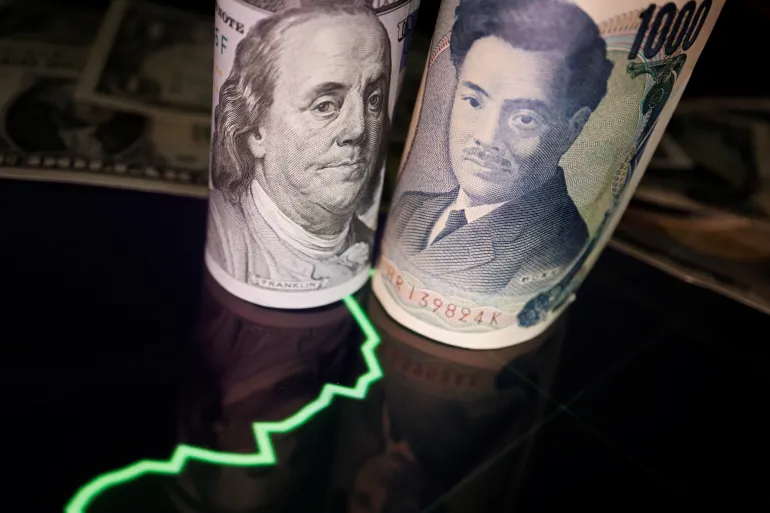Key Points:
“The Japanese yen hit a new 37-year low against the US dollar, trading above 147 yen to the dollar.”,
“This decline is driven by the Bank of Japan’s continued commitment to ultra-loose monetary policy, contrasting with the US Federal Reserve’s aggressive interest rate hikes.”,
“The weakening yen is a double-edged sword for Japan, boosting exports but raising import costs and potentially fueling inflation.”,
“Japanese authorities have hinted at possible intervention to stem the yen’s fall, but concrete action remains uncertain.”,
“The yen’s trajectory will depend on the future direction of US monetary policy and the Bank of Japan’s stance.”
Content:
The Japanese yen has plummeted to its lowest point against the US dollar since 1986, exceeding 147 yen per dollar. This depreciation is attributed to the Bank of Japan’s adherence to ultra-loose monetary policy, including near-zero interest rates, in contrast to the US Federal Reserve’s series of interest rate hikes aimed at combating inflation. While a weaker yen can stimulate exports, it also escalates import costs, potentially contributing to inflation in Japan. Authorities have hinted at intervention to curb the yen’s slide, but their future actions remain uncertain. The yen’s performance will hinge on the trajectory of US interest rates and any potential shifts in the Bank of Japan’s policy.
Unique Perspective:
While the yen’s recent plunge dominates headlines, it’s crucial to remember this is not just a currency story; it’s a microcosm of the divergent paths of major economies post-pandemic. Japan’s cautious approach contrasts with the US’s aggressive stance, creating ripple effects in the global currency market. The yen’s future is uncertain, but it serves as a bellwether for broader economic trends and the effectiveness of monetary policies in a world grappling with inflation and recessionary fears.



